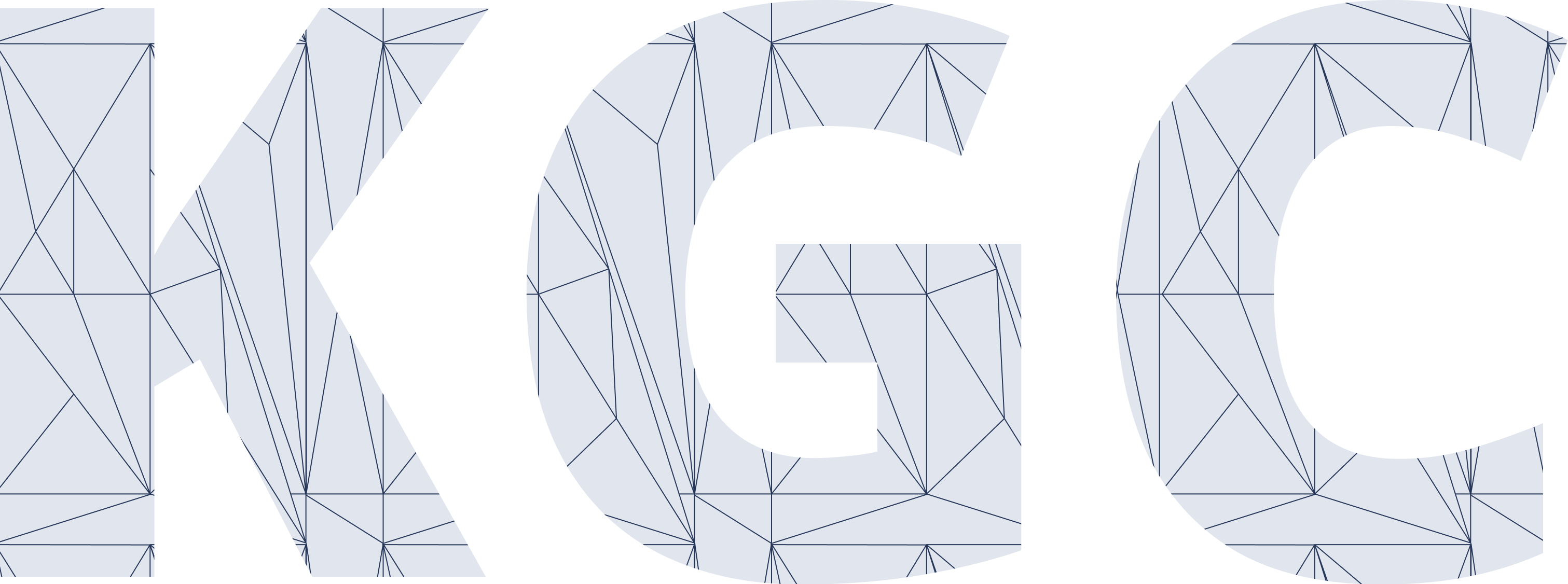Parsa Mirhaji

Dr. Parsa Mirhaji MD. PhD. is an Associate Professor of Systems and Computational Biology, the Director of Center for Health Data Innovations at the Albert Einstein College of Medicine and Montefiore Medical Center, and the Chief Technology Officer at the New York Clinical Data Research Network (NY-CDRN). Formerly, Dr. Mirhaji was the director of the Center for Biosecurity and Public Health Informatics Research at the University of Texas at Houston where he developed a realtime biosurveillance network in the metropolitan Houston area, for real-time outbreak and signal detection, and population health monitoring using clinical text understanding, semantic information integration, and EMR data.
Dr. Mirhaji has been a member of W3C working groups for application of Semantic Technologies in Healthcare and Life Sciences, an acting committee member on the Texas Hospital Preparedness Program at the Texas State Department of Health Services and the Texas Institute for Health Policy Research, and a member of the Health Information Technology Advisory Commission for the Texas State Department of Health Services.
Dr. Mirhaji is an inventor with several patents covering information integration, biomedical vocabularies and taxonomy services, clinical text understanding and natural language processing, electronic data capture, and knowledge-based information retrieval.
Dr. Mirhaji and his fellow researchers were awarded “The Best Practice in Public Health Award-2002” by the U.S. Department of Health and Human Services for establishing the Defense of Houston web-portal for community awareness and public readiness in the aftermath of September 11 attacks.
The Chasm of a Million Analytics, and How to Bridge it?
While our understanding of healthcare and wellness is defined within a continuum of inter-related clinical, behavioral (socio-economic and cultural), environmental, and genetic factors, the healthcare system is extremely compartmentalized and broken into very many silos of narrowly focused interventions (cardiology, radiology, infectious diseases, surgery, critical care, the list goes on). Analytic solution providers exploit this situation by offering point solutions and disconnected products that are unaware of each other, compounding the fragmentation of healthcare data and analytic ecosystem, unleashing an army of blind men that individually try to find and tame the elephant.
From an organizational perspective, this might be an unsurmountable barrier to industry-wide and large scale adoption of advanced analytics and data driven practice, since there is a hard limit on how many disconnected point-solutions and operational silos a healthcare system can afford to build, buy or subscribe.
One has to ask and answer the following questions: How many analytic models (AI driven or otherwise) does it take to transform the healthcare system, overhaul patients clinical experience, and to optimize delivery system (hundreds? thousands? or perhaps millions?)?, or How many point-solutions, or private cloud services will it take for a healthcare system to adopt those analytics and truly transform its practice?
This has resulted in lack of information and coordination across multiple interrelated care practices and supporting services, duplication of efforts, and complications and errors, while opportunities to focus on the patient as a whole and collaborate to provide a holistic, and patient centered care are lost.
In this presentation we are going to introduce “Patient-centered Analytic Learning Machine- PALM”, a knowledge-based big-data analytic engine designed to integrate and provide a holistic view of all interrelated components of healthcare revolving around patients and providers. PALM is designed from ground up, based on the principles of graphs and cognitive computing, to link and integrate all clinical, operational, and administrative silos in a healthcare system through use of data, information, knowledge and insight gained through their analysis, and to illustrate a complete picture of the patient experience, and the operational and administrative support systems surrounding them. we will talk about our design philosophy, describe vignettes that illustrate it, and explain the distributed knowledge-graph technology that is enabling PALM under the hood.
